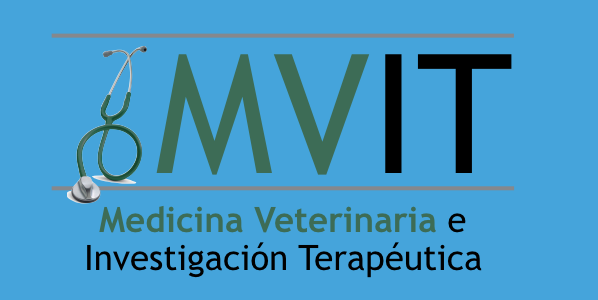
Pulmonary function in obese vs non-obese cats
Abstract
Obesity is a risk factor in the development of several respiratory diseases. Lung volumes tend to be decreased, especially expiratory reserve volume, increasing expiratory flow limitation during tidal breathing. Barometric whole-body plethysmography is a non-invasive pulmonary function test that allows a dynamic study of breathing patterns. The objective of this study was to compare pulmonary function variables between obese and non-obese cats through the use of barometric whole-body plethysmography. Nine normal-weight and six obese cats were placed in the plethysmograph chamber, and different respiratory variables were measured. There was a significant decrease in tidal volume per kilogram (P = 0.003), minute volume per kilogram (P = 0.001) and peak inspiratory and expiratory flows per kilogram (P = 0.001) in obese cats compared with non-obese cats. Obesity failed to demonstrate a significant increase in bronchoconstriction index variable enhanced pause (Penh), as previously reported in humans and dogs. The results show that feline obesity impairs pulmonary function in cats, although a significant increase in bronchoconstriction indexes was not observed. Non-invasive barometric whole-body plethysmography can help characterise mechanical dysfunction of the airways in obese cats.



